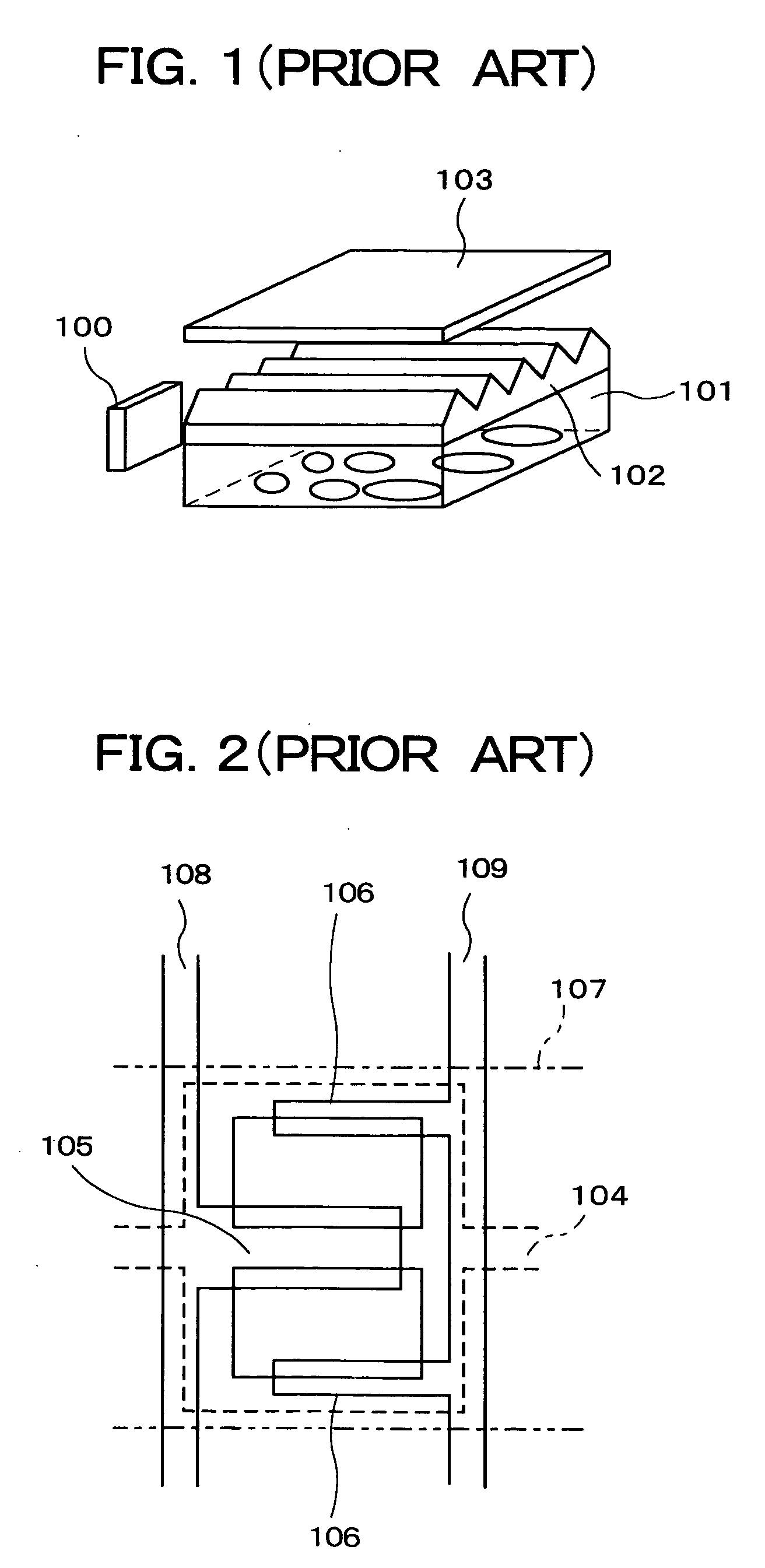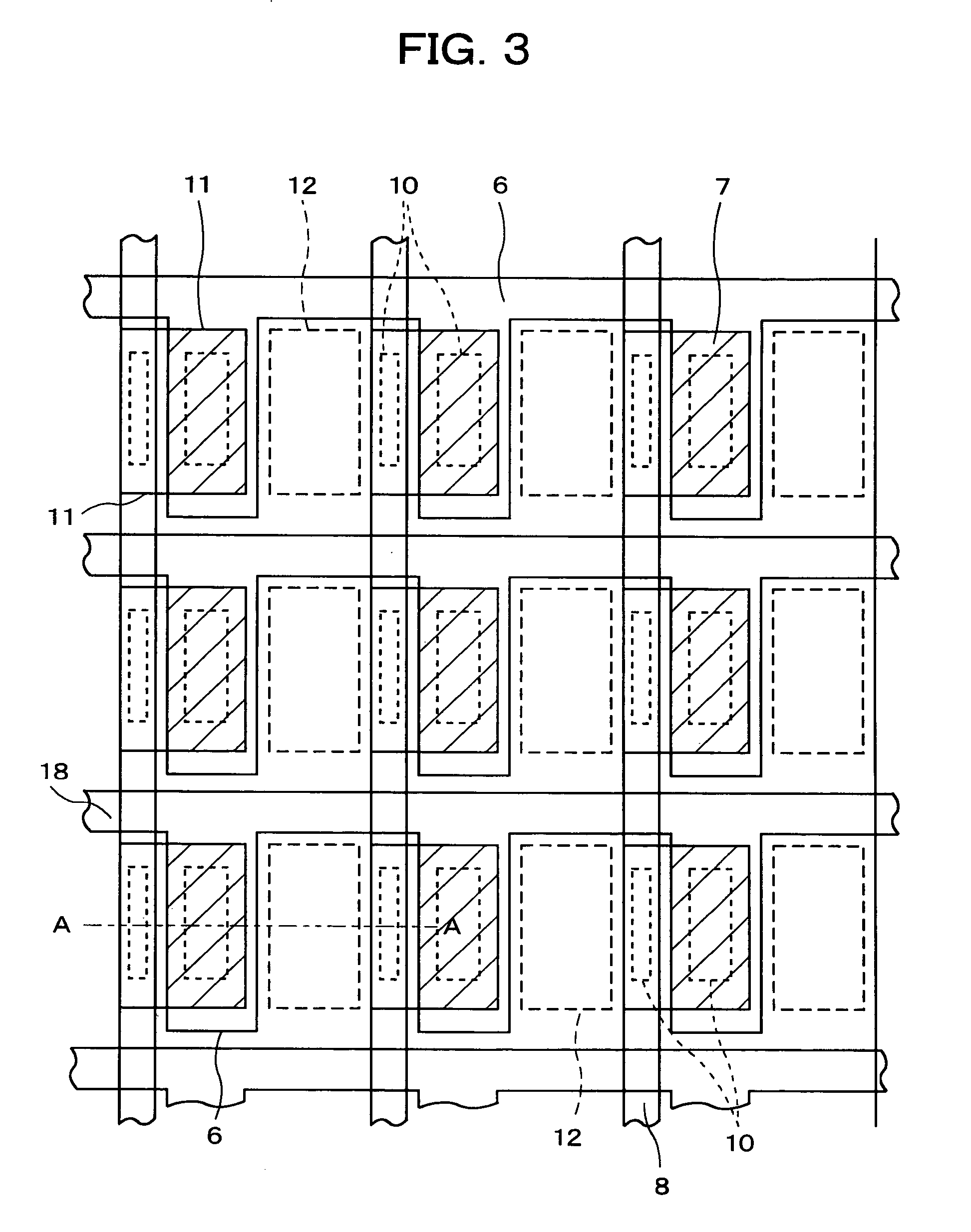Biosensor
a biosensor and optical technology, applied in the field of optical biosensors, can solve the problems of large sensor size, high cost, limited vein sensor, etc., and achieve the effect of high light reception efficiency
- Summary
- Abstract
- Description
- Claims
- Application Information
AI Technical Summary
Benefits of technology
Problems solved by technology
Method used
Image
Examples
Embodiment Construction
[0025] Embodiments of the present invention will be described in detail hereinafter with reference to the accompanying drawings. FIG. 3 is a plan view showing the unit for detecting a fingerprint or a vein in the biosensor according to the present embodiment, and FIG. 4 is a longitudinal sectional view along line A-A shown in FIG. 3.
[0026] As shown in FIG. 4, a louver 2 is placed on a backlight unit 1 that is composed of an LED (Light Emitting Diode), for example. The louver 2 is a louver film having a thickness of about 300 μm that is composed of a film in which transparent portions and opaque portions are layered in alternating fashion, for example. A light-receiving substrate is also placed on the louver 2. In the light-receiving substrate, a sensor element is formed on a transparent insulating substrate 3 composed of glass, for example. Specifically, an opaque film 4 having an opening 12 is formed on the substrate 3, a transparent insulating film 5 is formed on the opaque film ...
PUM
 Login to View More
Login to View More Abstract
Description
Claims
Application Information
 Login to View More
Login to View More - R&D
- Intellectual Property
- Life Sciences
- Materials
- Tech Scout
- Unparalleled Data Quality
- Higher Quality Content
- 60% Fewer Hallucinations
Browse by: Latest US Patents, China's latest patents, Technical Efficacy Thesaurus, Application Domain, Technology Topic, Popular Technical Reports.
© 2025 PatSnap. All rights reserved.Legal|Privacy policy|Modern Slavery Act Transparency Statement|Sitemap|About US| Contact US: help@patsnap.com



